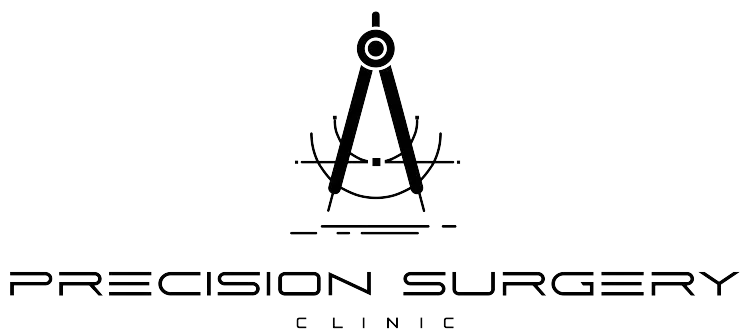Cyst & Lipomas
- Home
- Cyst & Lipomas

Cyst & Lipomas
Cysts are sacs that form and fill with oily or cheese-like substances. Most of them are not harmful, but they can grow and lead to become painful, swollen, infected. It’s important to avoid squeezing or touching them.
Lipomas are fatty lumps that most commonly form between the skin and muscle.
Contact Us
Opening Hours
Monday 02:00 PM - 18:00 PM Tue - Thu & Sat: 08:00 AM - 6:00 PM Friday & Sunday: CLOSED
Aspiration
Precision Surgery Clinic, 86 Hagley Road, B16 8LU Birmingham, UK
The Cyst And Lipoma Treatment

Cyst Treatment
There are various types of cysts. Treatment for cysts varies depending on the kind. Treatment is not necessary if the doctor finds that the cyst isn’t causing any issues. However, surgical or fluid-removal methods may be used to remove cysts if they are uncomfortable or damaging to health.
Fluid removal extracts fluid from the cyst using a needle. The treatment’s drawback is that the cyst may refill and cause new issues. Surgical removal involves removing the whole cyst, including the fluid and outer encasing. By doing this, the cyst is less likely to regrow.
Lipoma Treatment
Treatment is usually not necessary for lipomas. Usually, it is not as much of a health issue as a cosmetic one. On the other hand, it will often be surgically removed if the patient or the healthcare professional thinks they want it removed from your body.
In this procedure, a tiny incision is created to allow the fatty tumor to be completely removed. It is a good idea to Remove lipomas when they’re small because it prevents them from causing issues with blood vessels, joints, or nerves. Early removal is key to avoiding complications.

Diagnosis of Cyst & Lipomas
Both cysts and lipomas are usually diagnosed using a physical examination, medical history review, and imaging tests. Medical Surgeons examine the lump’s size, shape, consistency, and pain during a physical examination. Medical history helps in understanding any relevant past medical conditions or genetic traits. Imaging tests such as ultrasound, MRI, or CT scans are used to visualize the structure, size, and location of the cyst or lipoma.
Why Choose Our Clinic
Choose us because we give priority to identifying the root of your problem, utilising data and proven therapies, and performing precise procedures to guarantee the most lasting and effective treatment, leading to the most significant results for you. Your procedure will be carried out by a fully qualified UK Trained, Consultant Plastic Surgeon on the GMC specialist register with over 10 years experience. All our Consultants also work in the NHS and have continued appraisal.
Skilled surgeons
Our team comprises board-certified plastic surgeons with years of experience in mole and skin lesion removal
Customized Treatments
Depending on the findings, further consultation, investigations might be needed or we might be able to proceed straight to surgery.
Quick & Disciplined
All procedures are done as a day case under local anaesthetic in a timely fashion.
Personalized Care
We believe in individualized care and devise treatment plans tailored to your specific needs.
Accessible Support
You will always have support on hand and be able to contact us on whatsapp and get a quick reply, and all revisions and follow-ups in 6-months are included.
Advanced Techniques
We utilize the latest surgical techniques to ensure minimal scarring and optimal aesthetic results.
FAQs
The exact cause of lipomas is unknown. They typically reside in families, hence genetics are most likely involved in their development.
Lipomas feel soft and can be moved easily with a touch, while a lump from liposarcoma is hard and doesn’t move when touched.
While they may appear to be identical at first look, these tumors are really different. A cyst is a sac containing fluid, pus, air, or other material. A lipoma is a lump of fatty tissue that is also known as a fatty tumor. The look of these lumps typically allows a healthcare expert to diagnose them.
There is no way to stop lipomas.
Lipomas can form anywhere in the body. They are usually found just under the skin. They are often seen in the neck, shoulders, back, belly, arms, and thighs.

